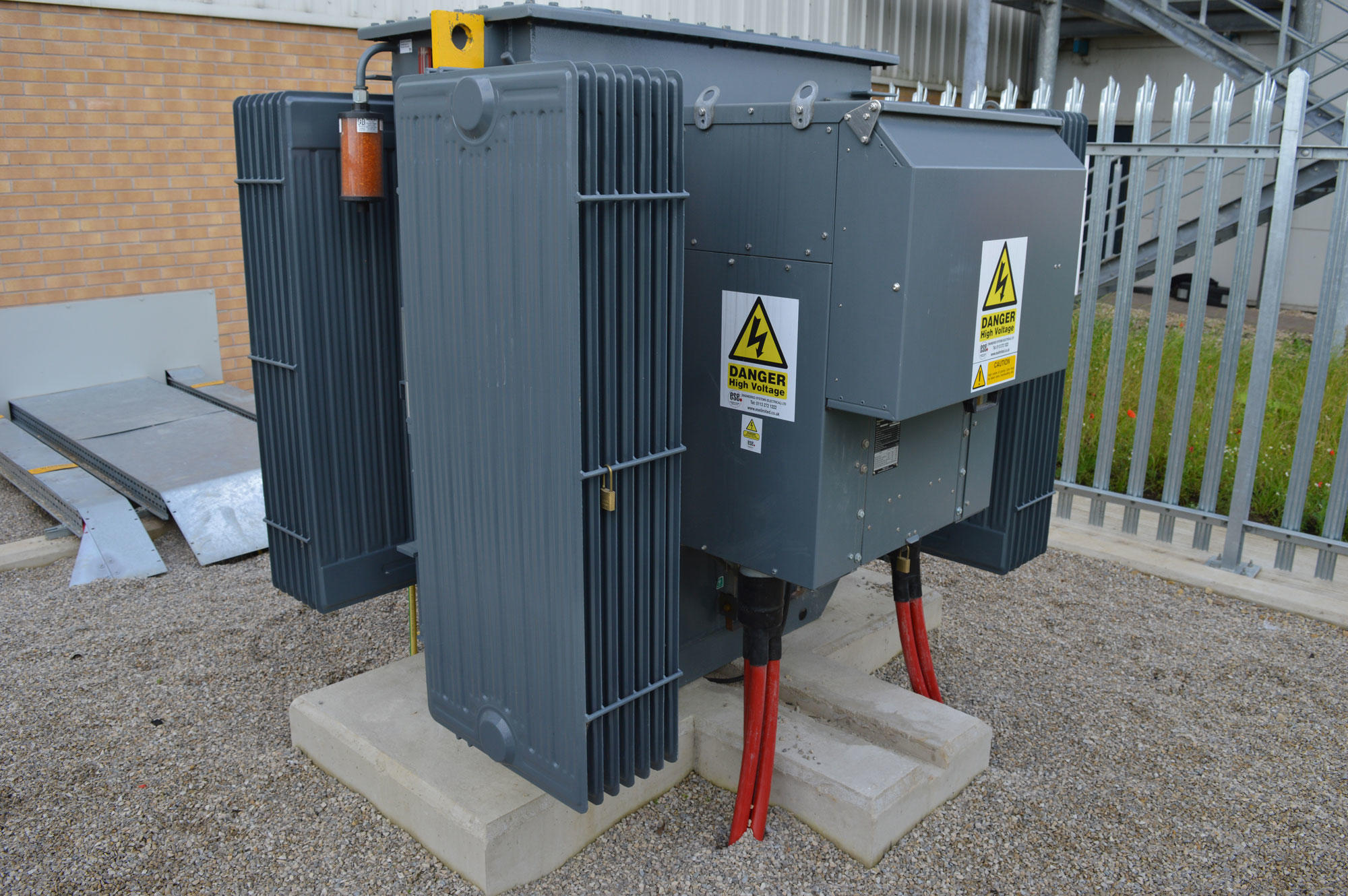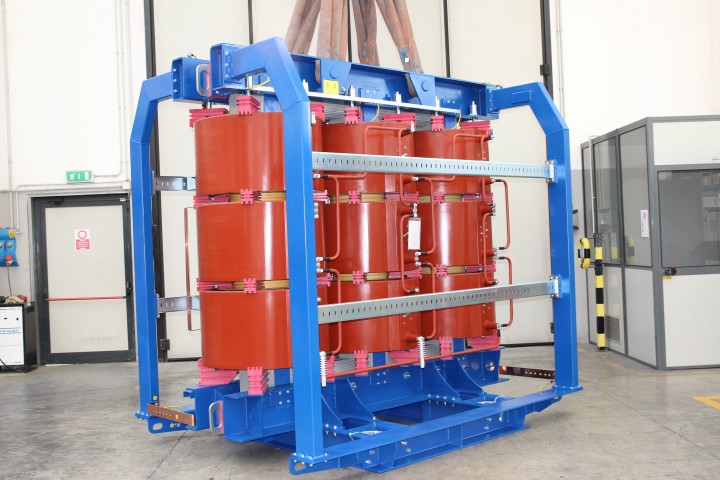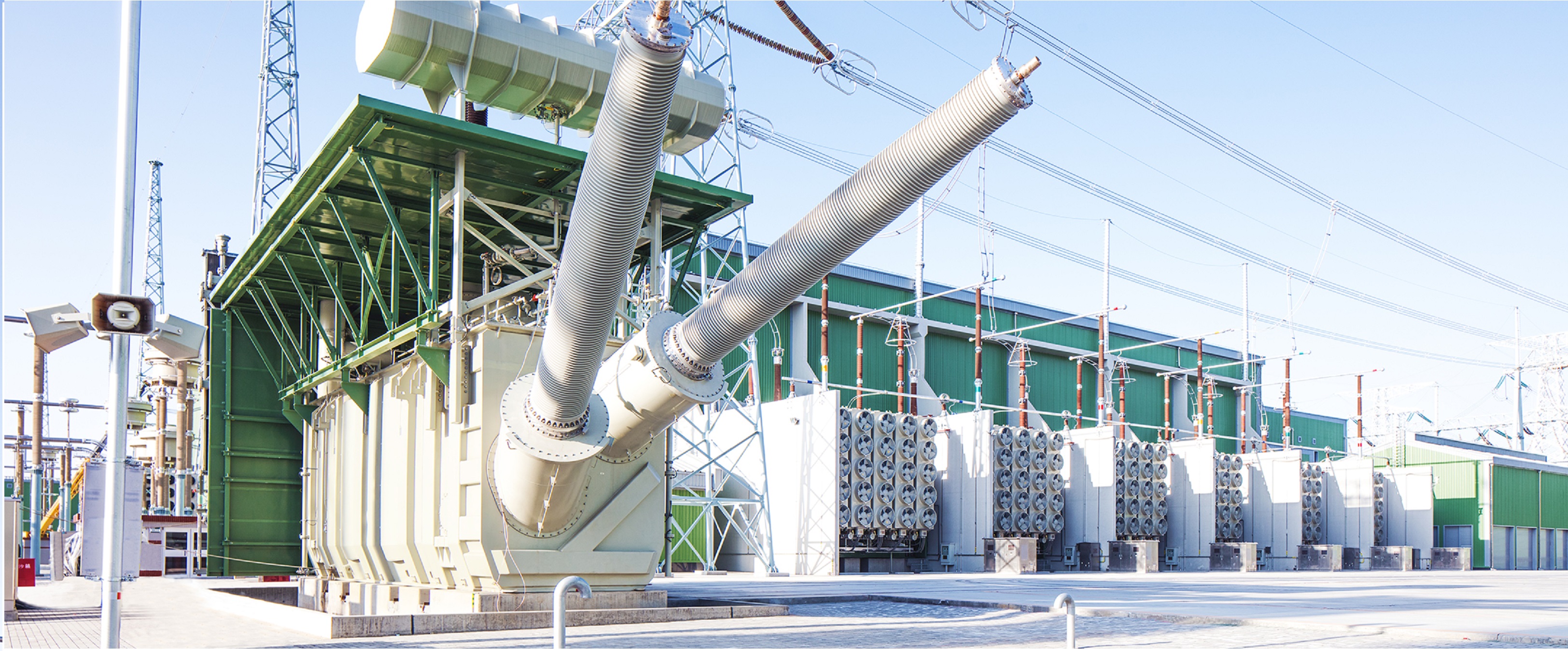Welcome to part two in your guide on 3-Phase Transformers. In this NEW series, we’re unpacking the different types of these transformers, how they are connected, their advantages and disadvantages as well as a view on the protection they require. Stay tuned to catch the entire series!
Part 1: Understanding Transformers and how they work
Part 2: Advantages, disadvantages and types of 3-Phase Transformers
What are the Advantages and Disadvantages of Using a 3-Phase Transformer?
The advantages of using 3-phase transformers are:
- The transformer requires less space and is easier to install.
- It weighs less and is smaller in size.
- Higher efficiency.
- Reduction in cost.
- The transportation cost for the transformer is low.
The disadvantages of a 3-phase transformer are:
- Repairs costs of the unit are higher.
- The cost of a spare unit is expensive.
- The entire unit will shut down if there is a fault because of a common core being shared between all 3 units.
What are the Different Types of 3-Phase Transformers?
Step up Transformers:
A step up transformer converts the low voltage (LV) and high current from the primary side of the transformer to a high voltage (HV) and low current magnitude on the secondary side of the transformer.
Step down Transformer:
A step down transformer performs the conversion of high voltage and low current on the primary side of the transformer to a low voltage and high current magnitude on the secondary side of the transformer.
Power Transformers:
These transformers are implemented in a transmission network for stepping up or stepping down the voltage level. A power transformer operates mainly during high or peak loads and has a maximum efficiency at or near full load.
Distribution Transformers:
These transformers perform the function of stepping down the voltage for distribution to domestic or commercial users. It has a good voltage regulation and operates for the entire day with maximum efficiency at 50% of the full load.
Instrument Transformers:
Instrument transformers such as the current transformer (C.T) and the potential transformer (P.T) are used to reduce high voltages and current to reduced values so that they can be measured using conventional instruments.
What are the Differences between Oil-Cooled and Air-Cooled Transformers?
The process of transforming voltages generates a vast amount of heat that is required to be dissipated to keep them operating safely. Currently, two types of transformers are used in industry and these are either dry-type or oil-cooled transformers. As the name suggests an oil-cooled transformer uses oil whilst a dry-type transformer uses air as a cooling medium. Although both types of transformers are used for the same process, there are differences between these transformers that should be considered before installing one.
Maintenance:
An oil-cooled transformer requires more maintenance as opposed to the dry type. The oil from the transformer must be sampled to test for contamination whilst dry type transformers are resistant to chemical contaminants.

Costs (Initial and operating):
Dry type transformers have a significantly higher operating loss when compared to oil filled transformers. Oil filled transformers have a higher standard energy efficiency thus resulting in it having a greater lifespan than the dry type.
Noise:
Oil cooled transformers operate at a lower sound level resulting in less noise pollution when compared to the dry type.
Recyclability:
The end-of-life recycling for a dry-type transformer is limited whilst oil units boast an easier core/coil reclamation. Oil cooled transformers have a superior operating life as well as maintainability, producing less waste and requiring less replacements and labour.
Efficiency:
Due to dry type transformers being larger units that are limited in voltage and size, it results in them being more prone to overheating if they should experience an overload. These result in higher electrical losses which is more expensive to maintain. Oil cooled units are smaller in size as well as more efficient. These transformers require less demand and create a smaller environmental footprint.
Voltage Capabilities:
Dry type transformers are designed for small to medium MVA and voltage ratings which make them ideal for smaller applications. Oil cooled transformers can operate on heavier loads thus making them ideal for applications that require higher voltages.
Location:
Location is a major factor that will determine which transformer you should select for your application. Dry type transformers are specified for use in buildings as well as near buildings as they are environmentally safer. Dry type transformers are also less flammable and pose less of a fire risk which makes them ideal for shopping malls, hospitals, residential complexes, and other commercial areas. Oil cooled transformers are implemented in outdoor installations as there is a possibility of oil leakage or spills occurring which may result in a fire risk.

In the next instalment of the series, we discuss the protection of transformers.
Need advice on your transformer? CHAT to us now!


